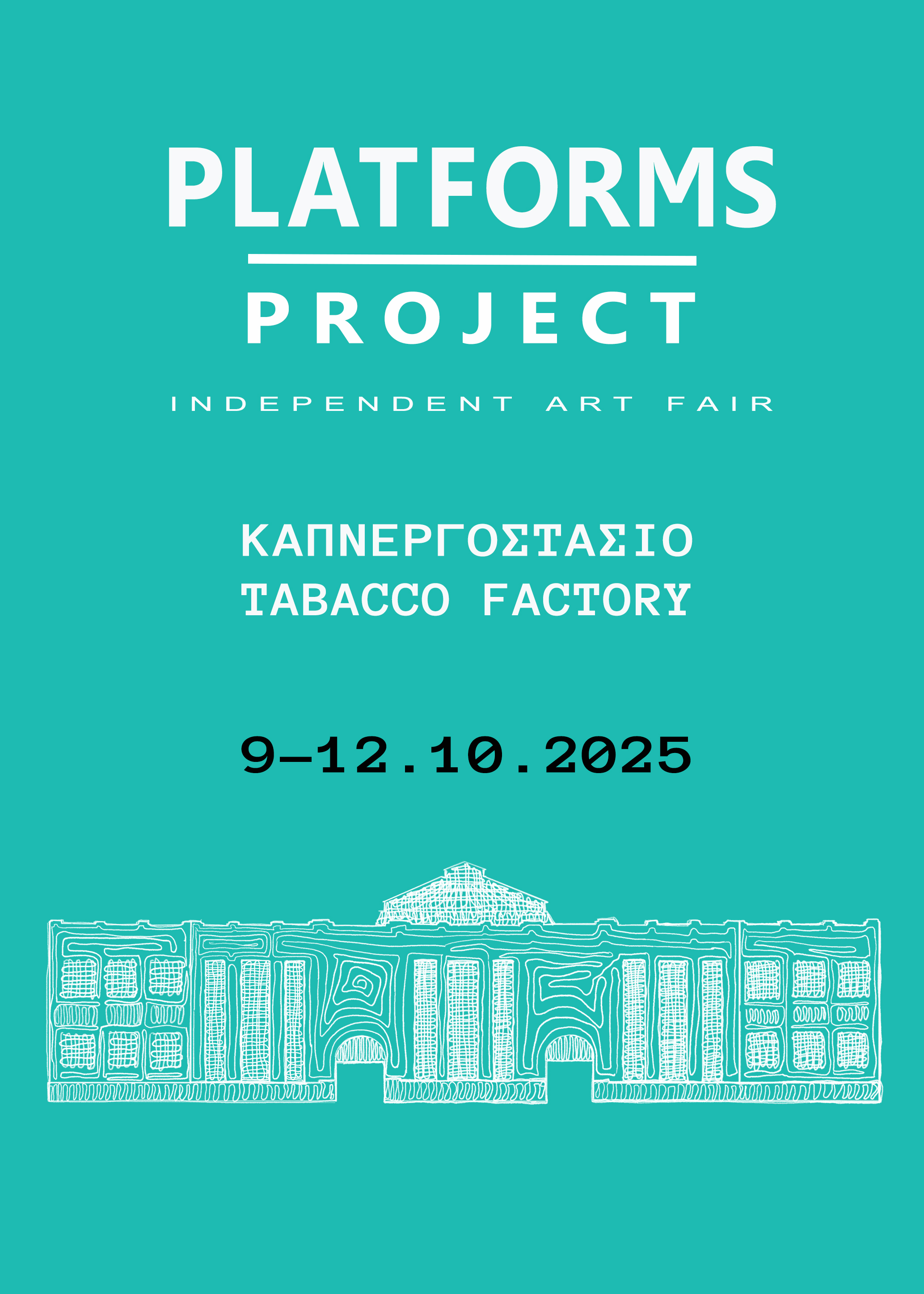Text by Lorina Speder
Kypseli, the multi-cultural area north of Athens’ city center, has been a home for Balkan, African and Middle Eastern communities for over two decades. The attention of the media that now call Kypseli one of the “coolest neighborhoods of Athens” started when the artistic scene of Athens began to settle down here over the last ten years. Fueled by rising rents in other parts of the city and the central location of the neighborhood, the transformation of Kypseli’s community seemed inevitable. [1]
Today, one finds an overwhelming number of shops and cafés, project spaces and restaurants in the area that transform Kypseli into a vibrant and exciting part of Athens. The project space OKAY Initiative Space on Kefallinias street is one of these places. Founded in the spring of 2022 by Stavros Kapetanios, the space’s concept is “to present absolutely emerging artists and mainly support the local scene”. In a meeting at his space, he adds: ”I also want to create a dialog with artists from Europe, like friends from Paris”.

Stavros, who studied architecture in his hometown Thessaloniki, lived in Paris and worked in an architecture studio before he moved to Athens. He came back to Greece for doing his master of fine arts, which he finished this year. When he was looking for a new room to experiment and curate in Kypseli, he discovered an empty former kafeneio (coffee shop) in a bad condition. Being a trained architect, he saw the potential and transformed the room. He opened the mezzanine to have a balcony and added a curtain to open and close it. This also serves as a theatrical object and offers the possibility to change the room as needed. In exhibitions he often uses the bare walls as canvas for paintings and the space in between for installations or sculptures. It makes one feel like the room is used to the maximum. It also creates an awareness of the room and highlights the typical shop features, like the original mosaic floor and the patari mezzanine, that are typical for buildings of the antiparochi system — its architectural typology often reserved a street-level space for shops and businesses.
When talking about this system, Stavros mentioned that it was necessary in the past: “Despite the current chaotic image of the city, back in the day antiparochi was an opportunity for a plot-owner to have their own apartment. Most of the time, they got even more than one apartment for future generations to not pay the rent”, he says. But he doubts if it still works today: “After the crisis, there is a twist to it”, he says. In a market situation that is filled with investors, the system loses its original purpose. On top of that, rising rents have caused a new housing crisis and a high inflation takes another toll on a younger generation. [2]

Even though Stavros doesn’t really like the concrete building aesthetics in his neighborhood that came with the antiparochi system, he sees something positive in it, too. When comparing cities, he remarks that the architecture in Athens might radiate less authority than the Haussmannian apartment blocks in Paris. “People here transform the public space to their profit or benefit, more than in other cities”, he says, and talks about the street art and graffiti in Kypseli that is much richer than in Paris. “There is an intimacy that the public has with the city. It makes you feel like you’re not just a guest, but more like you belong”, he adds and compliments the younger generation of sprayers and street artists in Athens and Thessaloniki that engage with architecture in an artistic way.
“It’s also nice to break expectations”, he says in terms of tourists that come to Athens and are surprised by the urban landscape of the city, and who just “want a photo from a hill or see some old temples”. That makes it even more interesting for him to use the public space around his space in exhibitions.

While he usually shows mixed media, performance and digital art, his show in December 2022 used the streets of Athens as a canvas. Handed a map of the surroundings, visitors could go out and find online memes on posters made by artists. “Memes are playing with the political, viral, public and mass consumption all combined, so we thought it makes sense to show it in public”, he says. It also connects the public space with the online space of social media, that he sees as potentially public as well. “It’s not exactly the same”, he says and remarks: ”I call it a potential public space, because social media is owned by private companies”.
It is public enough for him to browse and get inspired by artworks that are posted online and could fit into his exhibitions. Since his space has no commercial purpose, showing art that is underrepresented has a financial risk. But Stavros wouldn’t want it any other way: “It’s a fun risk”, he says and smiles.
Currently on show at OKAY Initiative Space: The School of Fine Bakery, until 19/3 (Thursday-Sunday 17:00-21:00).
Notes
[1] https://www.timeout.com/athens/things-to-do/kypseli-athens-guide
[2] https://www.ekathimerini.com/society/1196532/young-greeks-priced-out-as-inflation-rents-soar/




